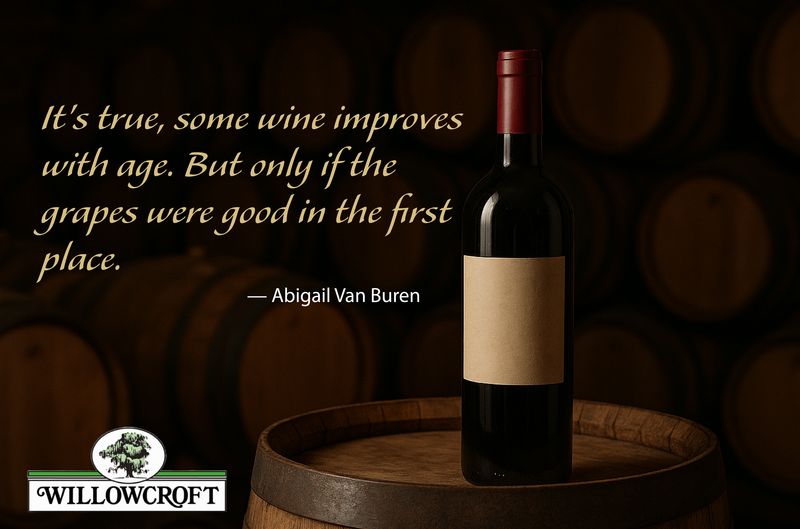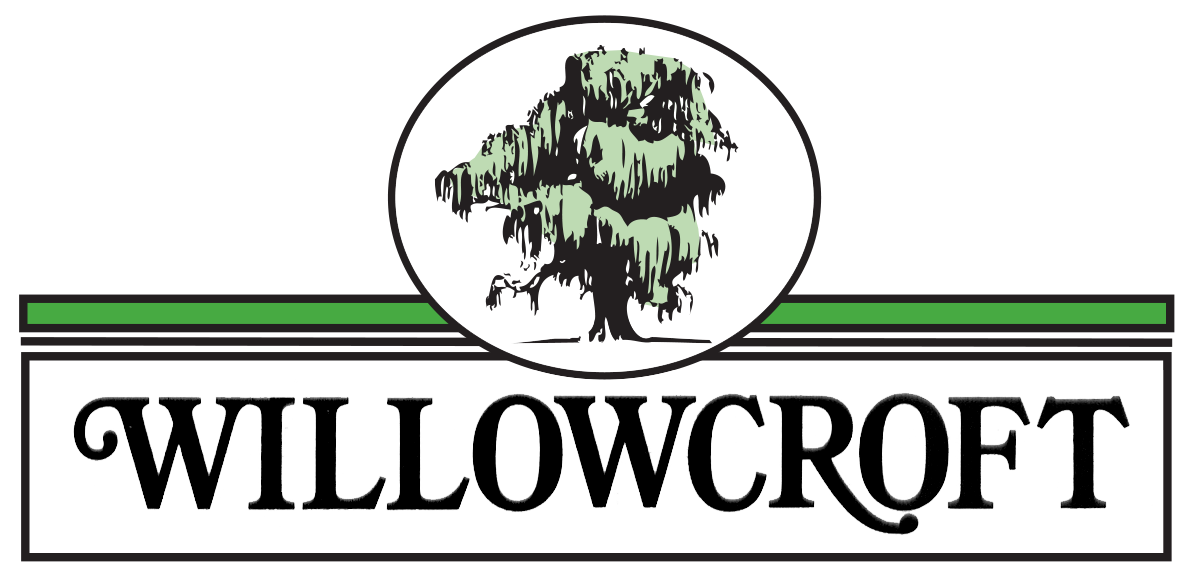Why Bottle Age Changes Wine — and When to Drink or Hold

A great bottle of wine is not frozen in time. From the day it’s sealed, it begins a quiet transformation — a slow, graceful evolution that can soften sharp edges, deepen flavors, and reveal hidden layers. But not every wine benefits from long cellaring, and knowing when to drink or hold is part science, part art, and part joyful gamble.
The Chemistry of Change
Inside every bottle, a subtle dance is taking place. As wine ages, tannins — the natural compounds responsible for a wine’s astringency — slowly polymerize, forming longer molecular chains. This process softens the tannic bite, creating the velvety, supple mouthfeel that defines beautifully aged reds.
